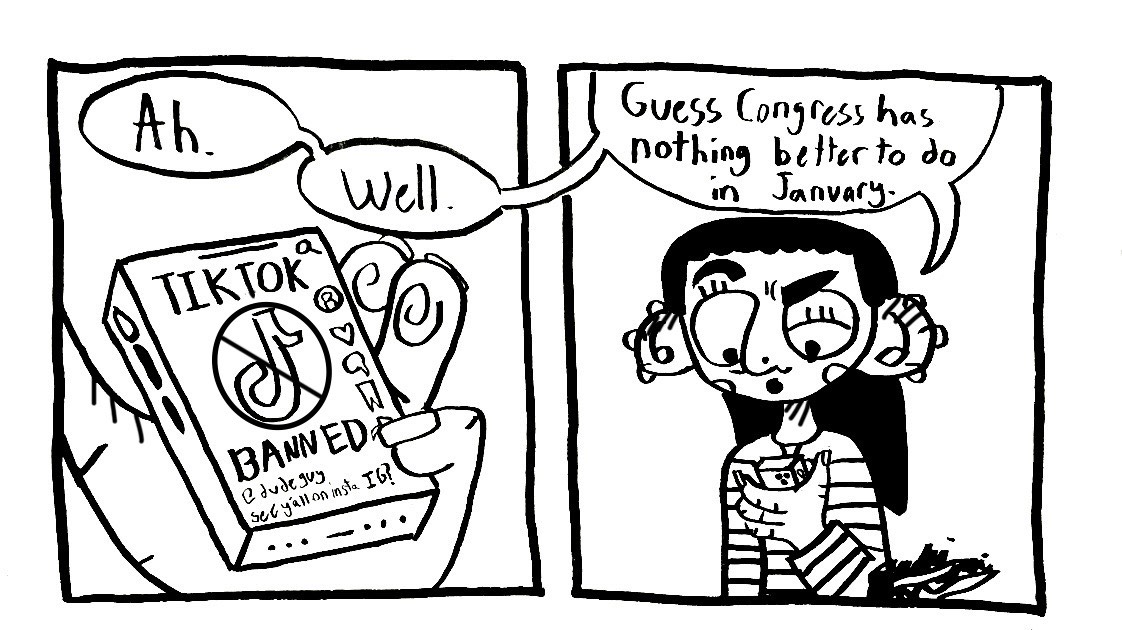“Let me ask you one simple question. Do you, Ambassador Zorin, deny the USSR is placing medium- and intermediate-range missiles and sights in Cuba? Don’t wait for the translation! Yes or no? You are in the courtroom of world opinion right now, and you can answer yes or no. You have denied they exist, and I want to know whether I have understood you correctly. I am prepared to wait for my answer until hell freezes over, if that’s your decision. And I am also prepared to present the evidence in this room.”
To tell the truth, I’m not sure if Adlai Stevenson is more famous for this greatest of Cold War diplomatic exchanges or for the fact that he lost two consecutive presidential bids. In both 1952 and 1956, Stevenson, as the Democratic presidential candidate, lost to Eisenhower, failing on either occasion to garner 100 electoral votes. After his first defeat in ’52, Stevenson was still the commanding figure in the Democratic Party, but skeptics wondered if he had the winning message for 1956.
Fifty years later, Al Gore has burst back onto the scene, fresh from his defeat in the previous presidential election by the slimmest margin in this nation’s history. Gore commands the media’s attention, the loyalty of many Democratic-faithful, important connections and fundraising capabilities and the ability to make any other Democrat hopeful shudder. There is no doubt that Gore can effectively articulate the Democratic message, but can he articulate the winning message? Gore is the present-day Adlai Stevenson.
Many would say Gore’s candidacy threatens to resurface the 2000 election debacle, a losing message for an electorate that only wants to forget about recounts, butterfly ballots and hanging chads. Thus far, Gore has managed to successfully avoid that type of divisive imagery, instead focusing on being the most thoughtful opponent of the current administration’s policy. However, with the results of the previous midterm elections fresh in our minds, it is questionable if Gore’s new strategy would be effective the second time around, against a popular wartime president, rather then a doting Texas governor. Regardless, I think history shows us that anything can happen.
In 1960, Richard Nixon lost the presidency to Kennedy. A few years later he ran for governor of his home state California and also lost that contest. Observers immediately pronounced him politically dead, and Nixon angrily muttered “you won’t have Nixon to kick around anymore.” Something happened, though – our nation suffered through Vietnam and the civil rights movement, and in 1968 Nixon was finally elected president.
While Nixon’s comeback was impressive, even inspiring, in an unfortunate irony, his presidency turned out to be the worst ever. In 1974 Nixon resigned ignominiously and years later we would learn about the true Nixon – a lying, bigoted, criminal.
So will Al Gore go for the comeback? Let’s just hope that if he’s successful he doesn’t end up like Nixon, and that if he fails that he ends up just like Adlai Stevenson.
-The writer, a Hatchet columnist, is a senior majoring in international affairs.




